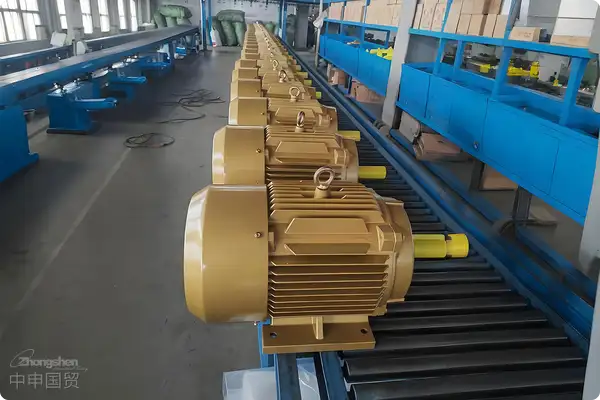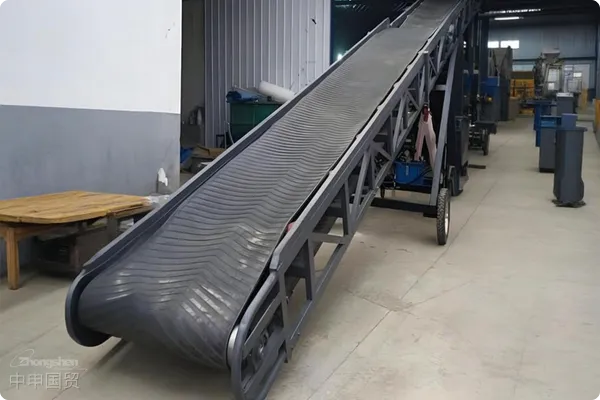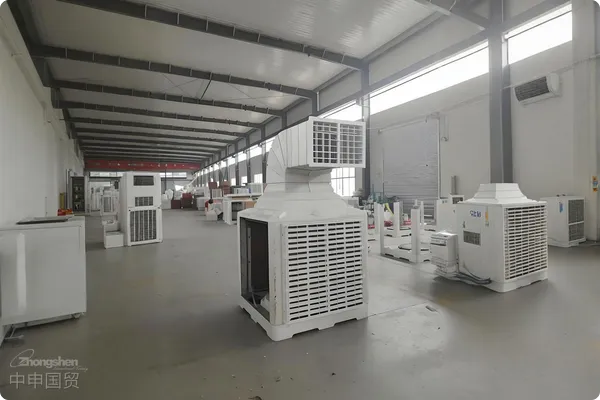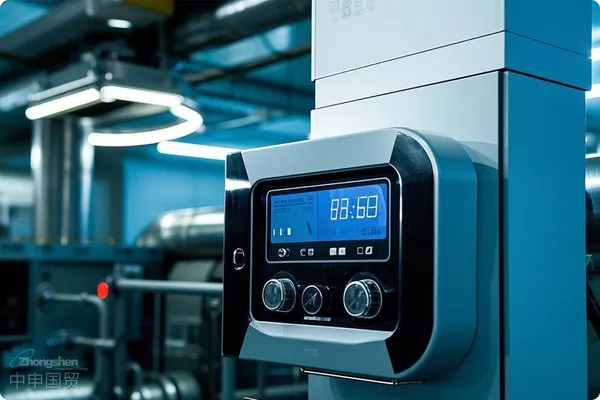- Shanghai Zhongshen International Trade Co., Ltd. - Two decades of trade agency expertise.
- Service Hotline: 139 1787 2118
For small and medium - sized motor product manufacturers, how to successfully export to Europe? They not only need to have high - quality products, but also need to understand and comply with the certification and regulatory requirements of the European market. This article will deeply explore the unified certification work in Europe, the EUs technical regulations, as well as the specific procedures and requirements of CE certification.

I. Unified Certification Work in Europe
Through the implementation of a series of regulations and directives, Europe has established a unified and strict certification system.
(1) EU Directives and CE Mark: The EU has issued more than 20 directives, stipulating the product scope covered by the CE mark and relevant safety requirements. The CE mark has become the pass for products to enter the EU market, ensuring that products meet EU standards.
(2) Regulations Concerning Small and Medium - Sized Motor Products: For small and medium - sized motor products, it mainly involves the Low Voltage Directive (2014/35/EU) and the ErP Directive (2009/125/EC), as well as the relevant standards EN60034 - 1 and EN60034 - 30 - 1.
(3) The Goal of the EU Single Market: Through these regulations and directives, the EU aims to eliminate trade barriers between member states, achieve complete market integration, and promote the free flow of goods and services.
II. Introduction to EU Technical Regulations
EU technical regulations are important tools for achieving the single market, covering numerous industries and products.
(1) Characteristics of EU Technical Regulations: EU technical regulations are independent of member states laws and form an independent legal system. It is mainly promulgated and implemented in the form of decrees, directives and resolutions, covering multiple fields from mechanical equipment to agricultural and food products, from medical equipment to communication equipment.
(2) New Approach Directives and New Legislative Framework: New Approach Directives are an important part of EU technical regulations. They were first introduced in 1985 and revised in 2008 to form the New Legislative Framework (NLF). This framework emphasizes market access and supervision, as well as basic requirements such as product health, safety and environmental protection.
(3) Conformity Assessment Procedures: New Approach Directives and the New Legislative Framework emphasize that products must meet the requirements of relevant regulations and directives and be certified through conformity assessment procedures to ensure product safety and compliance.
III. Conformity Assessment Procedures and CE CertificationProcess
CE certification is the key for products to enter the European market, and its procedures are detailed and strict.
Conformity assessment procedures: It includes a series of procedures from sampling, testing to evaluation, verification, and then to registration, recognition and approval. Enterprises can choose a suitable assessment model according to the risk of the product, including self - declaration, third - party assessment and the conformity assessment model completed by an EU - designated institution.
The CE certification process is as follows:
Determine the directives and harmonized standards that the product complies with:Understand the EU directives involved and the relevant harmonized standards.
Select an appropriate CE certification mode:Select an appropriate certification mode based on the characteristics and risks of the product.
Select an appropriate laboratory or certification body:Based on the certification mode, select an appropriate laboratory or certification body for testing and assessment.
Test the product and establish a conformity assessment procedure:Conduct product testing and ensure that the product meets the requirements of EU regulations.
Draft and keep technical documents:The manufacturer needs to prepare and keep the technical documents of the product to prove that the product meets the requirements of EU regulations.
Affix the CE mark and make an EC declaration of conformity:Affix the CE mark on the product and make an EC declaration of conformity to prove that the product meets the requirements of EU regulations.
After completing the CE certification, the product can be exported to the European market. However, entering the market is just the first step. To gain a firm foothold in the highly competitive European market, enterprises need to have high - quality products, good services and reasonable pricing strategies.
Related Recommendations
Category case
Contact Us
Email: service@sh-zhongshen.com
Related Recommendations
Contact via WeChat

? 2025. All Rights Reserved. 滬ICP備2023007705號-2  PSB Record: Shanghai No.31011502009912
PSB Record: Shanghai No.31011502009912









